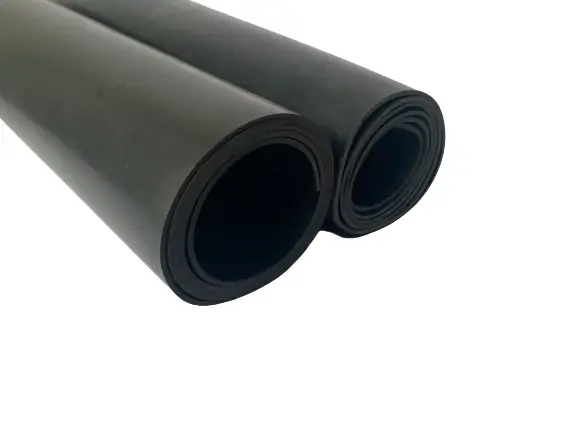Dec . 19, 2024 17:29 Back to list
types of marine fenders
Types of Marine Fenders A Comprehensive Overview
Marine fenders are essential safety equipment used in maritime operations, primarily designed to absorb the impact energy that occurs when vessels collide with docks, piers, or other boats. These critical components play a crucial role in protecting both the vessels and the structures they are moored to from damage. There are several types of marine fenders, each suited to specific applications and environments. This article outlines the primary types of marine fenders and their uses.
1. Rubber Fenders
Rubber fenders are among the most common types used in the maritime industry. These fenders are typically made from synthetic rubber or elastomeric materials that offer excellent resilience and energy absorption capabilities. Rubber fenders come in various shapes and sizes, including cylindrical, rectangular, and spherical designs.
Advantages - High durability and resistance to wear and tear. - Effective shock absorption for large vessels. - Flexibility in applications, from small boats to large cargo ships.
Applications These fenders are widely used in ports, docks, and shipbuilding yards due to their robustness and adaptability to different environmental conditions.
2. Polyethylene Fenders
Polyethylene fenders are made from high-density polyethylene and are known for their lightweight and durability. They are often used in applications where corrosion resistance is crucial, such as in marine environments.
Advantages - Lightweight and easy to handle. - Good resistance to UV rays and chemicals. - Resist rust and corrosion, making them ideal for salty water environments.
Applications These fenders are commonly used in recreational boating, marinas, and commercial shipping facilities where ease of maintenance and longevity are priorities.
3. Air-filled (Inflatable) Fenders
Air-filled fenders, also known as inflatable fenders, are designed to provide an adjustable level of buoyancy and impact absorption. These fenders can be inflated to varying pressures, making them versatile for different types of vessels and mooring conditions.
types of marine fenders

Advantages - Lightweight and easy to store and transport. - Adjustable pressure allows customization for specific impacts. - Ideal for temporary applications or changing conditions.
Applications Air-filled fenders are extensively used in ship-to-ship operations, offshore mooring, and at docks where they can be easily deployed and adjusted as needed.
4. Foam-filled Fenders
These fenders are constructed with a foam core, encapsulated in a durable outer layer, usually made from rubber or other resilient materials. The foam provides buoyancy and impact resistance without the need for periodic inflation.
Advantages - No risk of deflation, ensuring consistent performance. - Reduced weight compared to solid rubber fenders. - Suitable for both permanent and temporary installations.
Applications Foam-filled fenders are often employed in scenarios where consistent performance is essential, such as in ship berthing, and they are also favored in locations that experience fluctuating water levels.
5. Bollard Fenders
Bollard fenders, which are essentially a combination of fendering and mooring systems, are used to secure ships to docks or piers. They have a unique design that allows vessels to moor while providing cushioning against impacts.
Advantages - Combines mooring and fendering functions. - Designed to endure heavy loads and impacts. - Customizable according to specific operational requirements.
Applications These fenders are ideal for heavy-duty commercial ports and shipping lanes where safety and efficiency in vessel docking are paramount.
Conclusion
Selecting the appropriate type of marine fender is essential for the safety and efficiency of maritime operations. Each type has its unique features and benefits that cater to specific needs and environments. Whether it’s the high durability of rubber fenders, the lightweight nature of polyethylene fenders, or the versatility of inflatable options, understanding the differences amongst these fender types can greatly enhance docking practices and prolong the lifespan of both vessels and port structures. As the maritime industry continues to evolve, so will the designs and functionalities of marine fenders, ensuring that they meet the ever-changing demands of global shipping and logistics.




